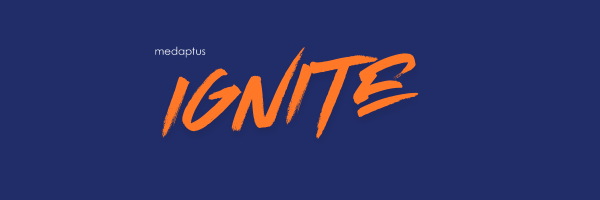Our Charge Infusion solution automates the coding of outpatient intravenous infusions of medicine or fluids. To compute a visit’s charge, our system needs data inputs of time, infusion type, and medication, which can be pulled from an EHR like Epic or Cerner. This article explains how we integrate with Epic and Cerner and the benefits to nurses, informatics, and the revenue cycle that infusion centers experience as a result.
But first, why does a hospital need an automated infusion charging solution that integrates with their EHR?
Hospitals, specifically departments that do high volumes of outpatient infusions, Emergency Departments and Oncology for example, need an infusion charging solution because billing codes are determined by the duration of infusion. For every infusion, you have to document the start and stop times.
A short infusion is any infusion under 16 minutes while a prolonged infusion is 16 minutes or more and the payment rate is different for each type. So, if an infusion lasts from 8:00 to 8:15, there’s one set of rules. If it lasts from 8:00 to 8:16, it’s a different set of rules and you get paid more, so the difference of one minute can have a significant impact on revenue. When a department is doing hundreds of infusions daily, inaccuracies for even a small percentage of infusions adds up and can have a significant impact on hospital revenue.
How does Charge Infusion integrate with Epic and Cerner EHRs?
Epic, for instance, has something called the App Orchard where you can submit your application to be approved by them as an adjunct to their system. It’s basically like a plug-in. Cerner has something similar called Cerner Code that integrates with our automated infusion coding software.
What are the benefits?
1. Capture all revenue
At least half of the outpatient infusion encounters we’ve audited for customers before they adopt Charge Infusion have had errors. This is a major revenue leakage area for infusion centers. After implementing our solution, you’re going to get paid exactly what you should be getting paid which will most likely exceed what you’re getting paid when managing infusion charge capture manually.
2. Optimize coding resources
In hospitals where coders are responsible for infusion coding, two to three full-time coders can handle putting in and reviewing about 200 outpatient infusions daily when using a solution like Charge Infusion. We’ve seen infusion centers without our solution have up to 10 coders processing the same number of charges per day. In our experience, fully coded encounters are 90% correct when using our system. Infusion charging is faster, more accurate and more compliant. With fewer coders needed, they can be redeployed to other tasks or departments.
3. Have nurses focus on patients, not coding
In some hospitals, nurses are responsible for charging infusions which is very complex. In addition to caring for patients, they have to log infusion start and stop times and pick the billing codes in their EHR. Nurses generally hate doing this because they spend a good portion of their day creating codes and sending them off. This impacts patient care and can contribute to nurse burnout.
4. Leverage data to improve efficiency
The information that you capture in the infusion coding system can be reported on and used to make decisions and improve efficiency.
Here are a couple examples:
- If your center typically gives 35 infusions of a specific chemotherapy drug each week, you may want to track that in order to ensure that your pharmacy can ensure proper inventory of that specific drug moving forward.
- You can see how many times an infusion stop time was left out of documentation and can go back to your nusring staff and explain how not capturing the stop time impacts revenue.
5. Improve accuracy and compliance
With an Infusion charge capture system, you don’t have to worry about the accuracy of CPT codes or billing codes based on the documentation. You only have to worry about the accuracy of the documentation itself. If the documentation is accurate, that bill is going to match 100%. You don’t have to worry about a RAC audit on the back end. You don’t have to worry about a payer audit saying you’re overcharging for infusions. It helps you track down missing information in your documentation by bringing missing information to your attention, like when a stop time was missed.
Adopt a superior method for capturing infusion charges
Implementing an automated infusion charging solution that integrates with your EHR is a superior method for capturing accurate charges. When you’re administering a large number of outpatient infusions and devoting resources to coding, it makes perfect sense to consider automating this for the reasons explored in this article.
On a final note, we all know there’s turnover in the healthcare industry today. Healthcare professionals are quitting their jobs and pursuing new vocations because they are exhausted and burnt out. I believe that job satisfaction, specifically nurse satisfaction, is of great importance right now. Easing their burden by taking infusion charge capture off their plates can increase their satisfaction and prevent you from being short-staffed which affects patient care and the costs of replacing nurses.
What’s next?
- Learn more: Find additional revenue that often goes under-reported
- Read our case study: How this hospital improved charge throughput and is capturing more revenue
- See how Medaptus can help, contact us to book a demo
Get the latest updates and news delivered to your inbox.
Subscribe to our newsletter today.





